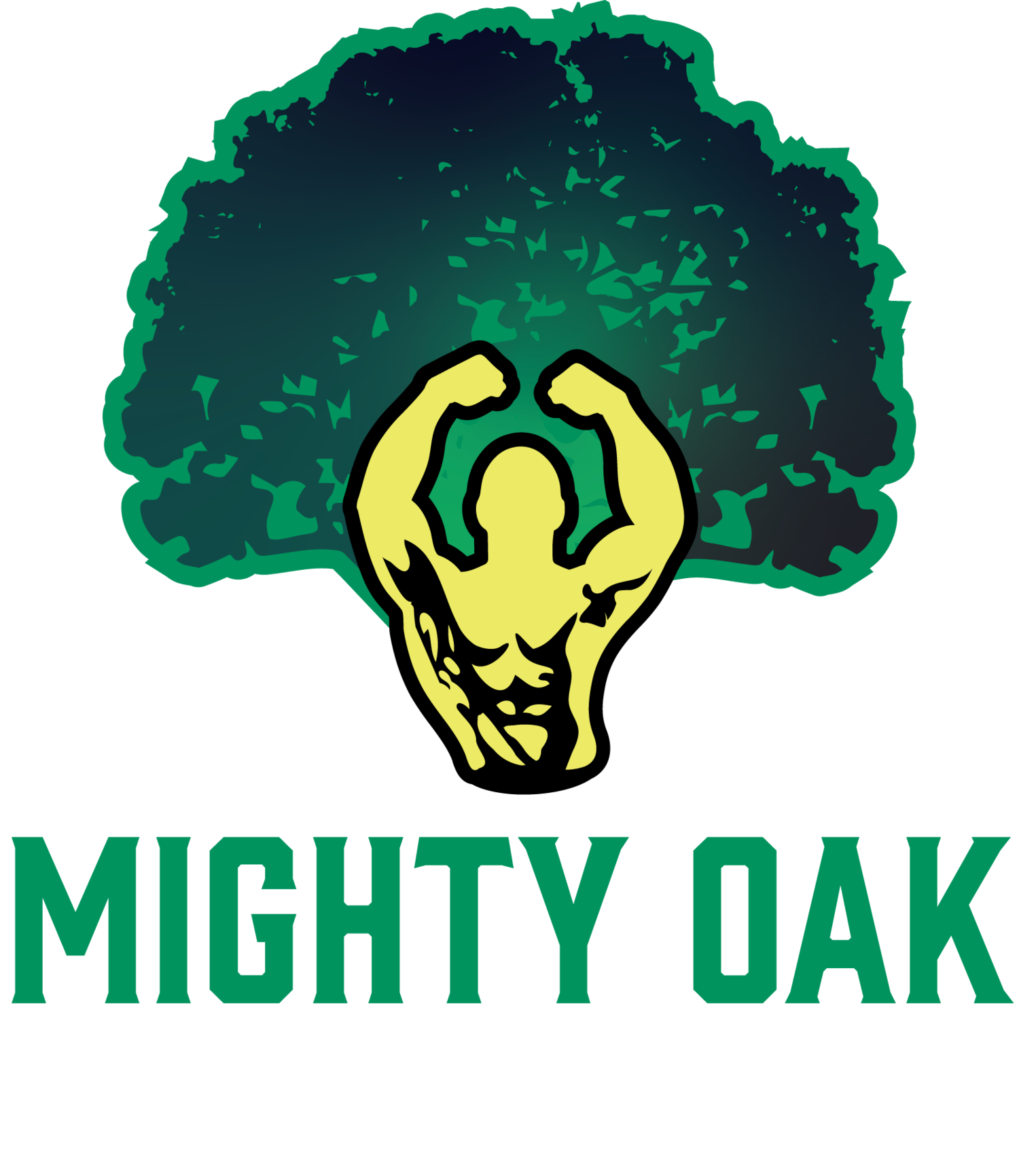What Age is it Safe for Children to Lift Weights
Strength training, which involves the use of resistance to increase muscular strength, is often associated with adults and athletes. However, there has been growing interest in the potential benefits of strength training for children and adolescents. In fact, the American Academy of Pediatrics (AAP) and the National Strength and Conditioning Association (NSCA) both endorse the inclusion of strength training in youth fitness programs when appropriately designed and supervised.
When considering strength training for children, it is important to take into account their level of physical development. The Tanner Scale of Development, also known as the Tanner Stages, is a widely used system for assessing the physical development of children and adolescents. The Tanner Scale is based on the development of secondary sexual characteristics and is divided into five stages. In this essay, we will explore the relationship between strength training and the Tanner Scale of Development.
Before delving into the specifics of each Tanner stage, it is important to note that the AAP recommends that children begin with bodyweight exercises and progress to resistance exercises with free weights or machines as they mature and become more experienced. Additionally, children should always be supervised by a qualified instructor who can ensure proper form and safety.
Tanner Stage 1
Tanner Stage 1 is the prepubertal stage and is characterized by no secondary sexual characteristics. At this stage, children can benefit from exercises that promote overall fitness, such as running, jumping, climbing, bodyweight, resistance bands, or light free weights. However, it is important to focus on proper form and technique rather than heavy weights or high volume.
Tanner Stage 2
Tanner Stage 2 is the onset of puberty and is characterized by the appearance of breast buds in females and pubic hair in both sexes. At this stage, children may begin to engage in strength training exercises using bodyweight, resistance bands, or light free weights. However, it is important to focus on proper form and technique rather than heavy weights or high volume.
Tanner Stage 3
Tanner Stage 3 is characterized by the continued growth of pubic hair and breast tissue in females, as well as the growth of the penis and testicles in males. At this stage, children may begin to use heavier weights. However, it is still important to prioritize proper form and technique over heavy weights.
Tanner Stage 4
Tanner Stage 4 is characterized by the completion of pubertal growth and the development of fully formed secondary sexual characteristics. At this stage, children may engage in advanced strength training exercises with heavier weights and higher volume. However, it is important to continue to focus on proper form and technique and to gradually increase intensity and volume over time.
Tanner Stage 5
Tanner Stage 5 is the post-pubertal stage and is characterized by the adult appearance of secondary sexual characteristics. At this stage, individuals can engage in advanced strength training exercises and can use heavy weights and high volume. However, it is still important to prioritize proper form and technique to avoid injury.
In conclusion, strength training can be a beneficial addition to a child's fitness program when appropriately designed and supervised. When considering strength training for children, it is important to take into account their level of physical development as indicated by the Tanner Scale. By following appropriate guidelines and focusing on proper form and technique, children can safely and effectively engage in strength training that can improve their overall fitness and health.
Sources:
American Academy of Pediatrics. Strength Training by Children and Adolescents. Pediatrics. 2008;121(4):835-840.
Faigenbaum, A.D., et al. Youth Resistance Training: Updated Position Statement Paper From the National Strength and Conditioning Association. Journal of Strength and Conditioning Research. 2013;27:S60-S79.
Lloyd, R.S., et al. Position Statement on Youth Resistance Training
Malina, R.M. Weight training in youth-growth, maturation, and safety: an evidence-based review. Clinical Journal of Sport Medicine. 2006;16(6):478-487.
Tanner, J.M. Growth at Adolescence. Oxford: Blackwell Scientific Publications; 1962.
Tackett, S., et al. Strength training in children and adolescents: raising the bar for young athletes? Sports Health. 2016;8(6):485-492.
Vrijens, J., et al. The role of resistance training in youth health and fitness. Journal of Sport and Health Science. 2017;6(4):416-423.

